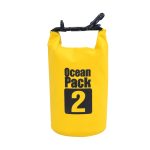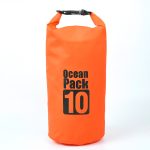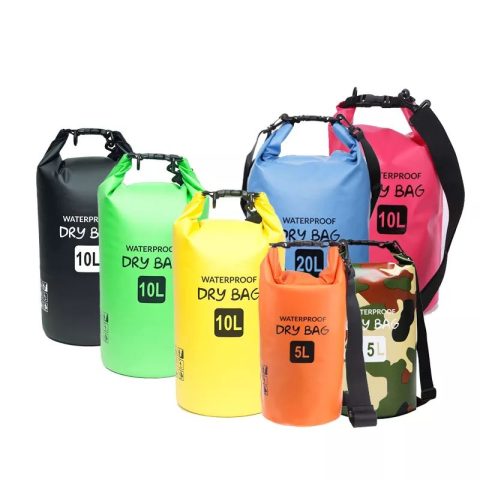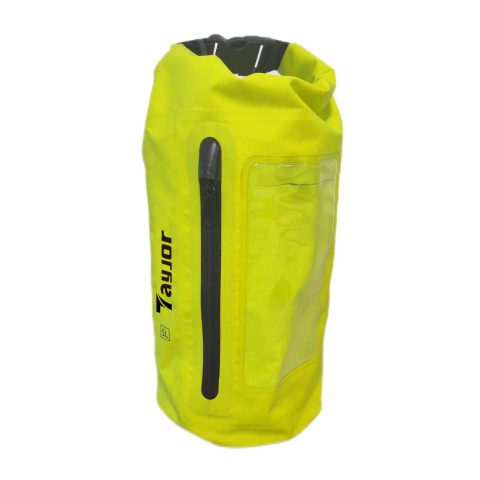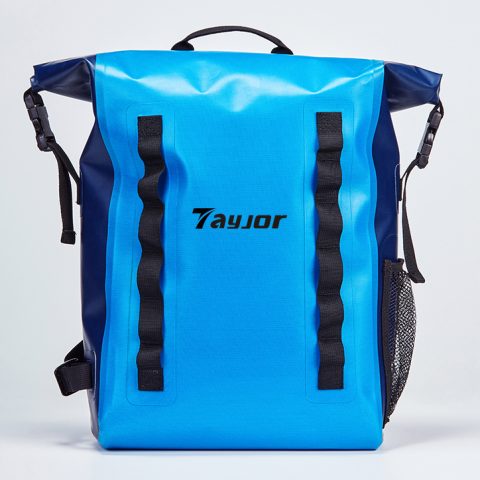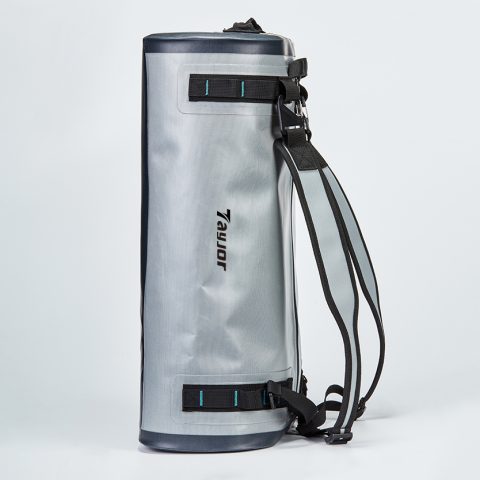Dry Bag For Wholesale
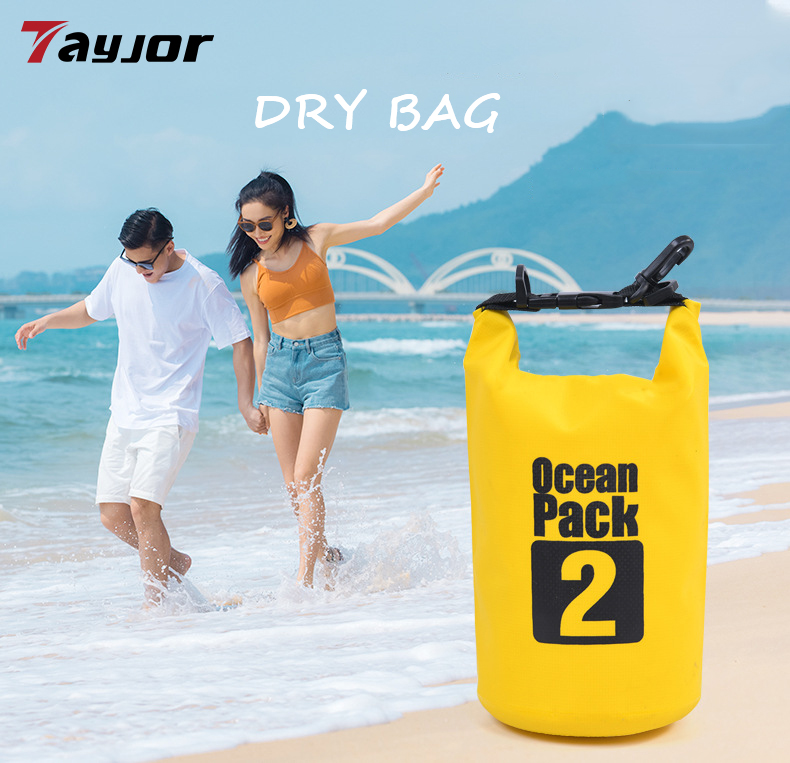




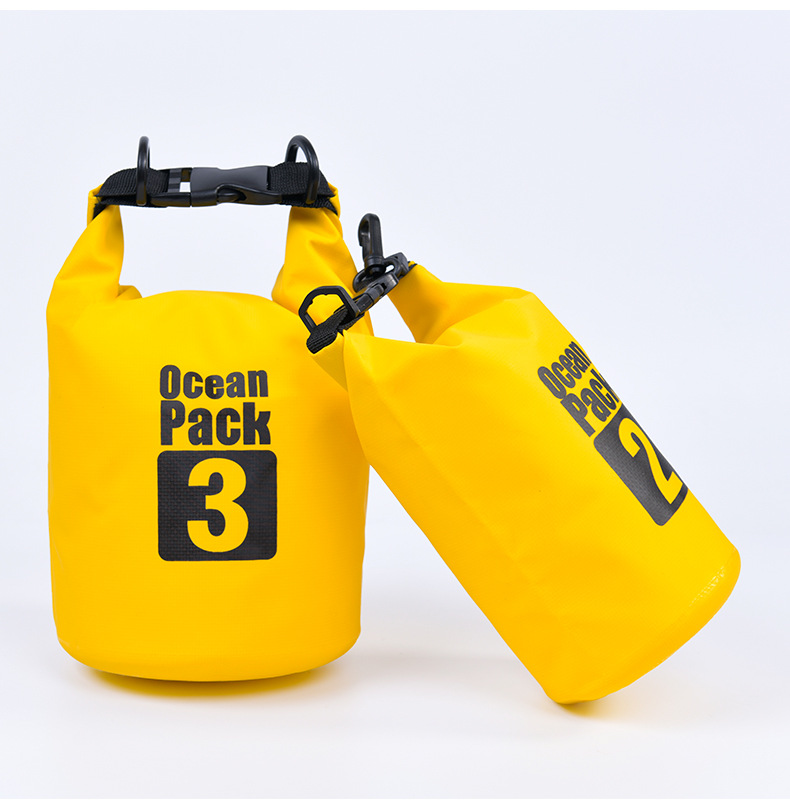
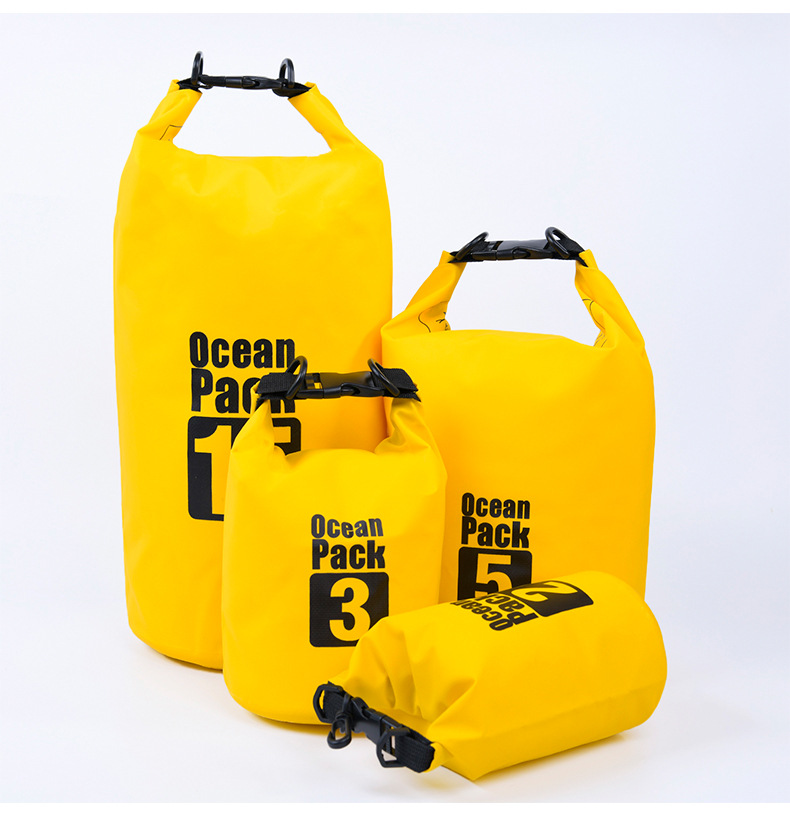



If you are interested in our products and want to know more details. Please leave a message here,we will get in touch with you as soon as possible!
How to Use a Dry Bag: A Comprehensive Guide
Dry bags are an essential accessory for outdoor enthusiasts, travelers, and water sports lovers. These versatile bags keep your belongings dry, secure, and protected from moisture. Whether you’re paddling down a river, hiking in the rain, or spending a day at the beach, a waterproof dry bag is your ultimate solution for safeguarding valuables. If you’re in the market, the option to purchase a dry bag for wholesale offers great value for both businesses and individuals.
This guide will provide step-by-step instructions on how to use a dry bag effectively, along with tips to maximize its utility and lifespan.
Understanding Dry Bags
A dry bag is made from waterproof materials like PVC or TPU and features a roll-top closure system. These bags are designed to protect the contents from water, dirt, and sand, making them ideal for activities like kayaking, camping, and traveling. Available in various sizes and colors, dry bags are tailored to meet diverse needs.
Key Features of a Dry Bag:
- Waterproof Material: Ensures water resistance and durability.
- Roll-Top Closure: Creates an airtight seal to keep moisture out.
- Versatility: Suitable for storing electronics, clothing, and food.
- Portable Design: Often lightweight and equipped with straps for easy carrying.
Step-by-Step Guide to Using a Dry Bag
1. Choose the Right Size
Dry bags come in a range of sizes, from compact 5-liter bags for small personal items to larger 30-liter or 50-liter bags for bulky gear. Choose a size based on your specific needs. For example:
- 5-10 Liters: Ideal for phones, wallets, and keys.
- 20-30 Liters: Suitable for clothing and smaller equipment.
- 40+ Liters: Great for camping gear or extended trips.
2. Pack Your Items Carefully
Before placing items into the dry bag, consider the following:
- Separate Items: Use smaller waterproof pouches for electronics and valuables for added protection.
- Avoid Sharp Objects: Ensure there are no sharp items that could puncture the bag.
- Distribute Weight Evenly: This will make carrying the bag more comfortable.
3. Seal the Bag Properly
The roll-top closure is the defining feature of a dry bag. Follow these steps to ensure a watertight seal:
- Fill the Bag: Leave some room at the top for air to escape.
- Roll the Top: Roll the bag’s opening at least three to five times.
- Secure the Buckle: Clip the buckle together to lock the seal in place.
4. Carry and Use
- Use the bag’s handles, straps, or carabiner loops for easy transport.
- Attach the bag to a kayak, canoe, or backpack using its D-rings for added convenience.
5. Check for Leaks
Before heading out, test the bag by filling it with air and pressing to check for leaks. If air escapes, re-roll the top closure until a secure seal is achieved.
Tips for Maximizing Your Dry Bag’s Utility
1. Use for Various Activities
Dry bags are not just for water sports. Use them during hiking, biking, or even as a storage solution for items prone to moisture damage.
2. Opt for Multiple Bags
Instead of relying on one large dry bag, use multiple smaller bags to organize your belongings efficiently. For instance, store electronics in one bag and clothing in another.
3. Attach Accessories
Many dry bags come with loops or straps for attaching accessories like carabiners or water bottles. Utilize these features to enhance functionality.
Caring for Your Dry Bag
To ensure longevity, proper care is essential:
- Clean After Use: Wipe down the bag with fresh water and mild soap to remove dirt and residue.
- Avoid Prolonged Sun Exposure: Store the bag in a cool, dry place to prevent material degradation.
- Inspect Regularly: Check for tears or worn-out seams before each use.
- Store Unrolled: When not in use, store the bag unrolled to maintain its shape.
Why Buy Dry Bags for Wholesale?
For retailers or outdoor adventure companies, purchasing a dry bag for wholesale is a smart business move. Here’s why:
1. Cost Efficiency
Buying in bulk reduces the per-unit cost, allowing you to offer competitive pricing to customers.
2. Growing Market Demand
With more people engaging in outdoor activities, the demand for waterproof gear is on the rise.
3. Customizable Options
Many wholesale suppliers provide customization options, enabling you to create branded dry bags that stand out.
4. Diverse Product Range
Wholesale purchases often include a variety of sizes, colors, and designs, catering to a broader audience.
Popular Uses for Dry Bags
- Water Sports: Kayaking, rafting, and paddleboarding.
- Camping: Storing food and clothing to keep them dry.
- Travel: Protecting documents, electronics, and essentials.
- Beach Days: Keeping towels, phones, and snacks free from sand and water.
- Commuting: Ideal for protecting items during rainy weather.
Conclusion
Dry bags are indispensable for protecting your belongings during outdoor and water-based activities. By following the steps outlined above, you can maximize the effectiveness of your dry bag and extend its lifespan. For businesses, exploring the option of purchasing a dry bag for wholesale opens doors to lucrative opportunities, catering to the ever-growing demand for waterproof gear.
Whether you’re an adventurer or a retailer, investing in high-quality dry bags ensures you’re always prepared for whatever the elements throw your way.




